Engineering Vibrations Tutor - Engineering Vibrations AI Guide
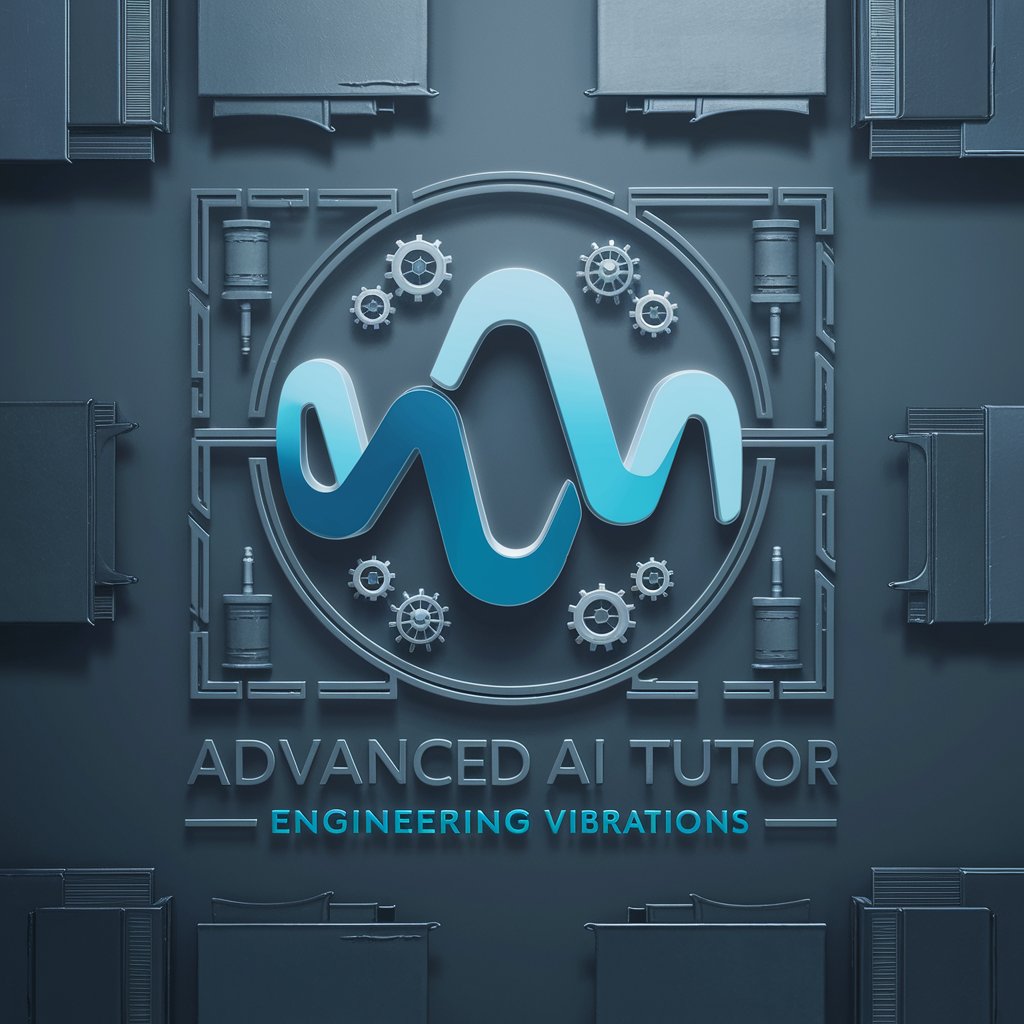
Welcome! Let's delve into the world of Engineering Vibrations together.
Master Engineering Vibrations with AI
Explain the concept of single-degree-of-freedom (SDOF) systems in engineering vibrations.
How does damping affect the behavior of mechanical vibrations?
Describe the process of modal analysis in multiple-degree-of-freedom (MDOF) systems.
What are the differences between free and forced vibrations in mechanical systems?
Get Embed Code
Overview of Engineering Vibrations Tutor
The Engineering Vibrations Tutor is designed as an advanced educational aid specifically tailored for graduate students and professionals in the field of engineering vibrations. This tool offers in-depth explanations, tutorials, and problem-solving techniques related to mechanical vibrations, focusing on areas such as Single-Degree-of-Freedom (SDOF) and Multiple-Degree-of-Freedom (MDOF) systems, damping mechanisms, vibration isolation, and modal analysis, among others. For example, if a student struggles with understanding the concept of forced vibrations with damping, the tutor can provide step-by-step explanations, solve characteristic equations, and illustrate the response using real-world examples like automotive suspension systems responding to road bumps. Powered by ChatGPT-4o。

Key Functions of Engineering Vibrations Tutor
Explaining Fundamental Concepts
Example
Delineating the principles of natural frequencies and modes in a building structure during an earthquake.
Scenario
A graduate student preparing for a thesis on seismic vibration control systems might use this function to grasp the foundational theories that govern how structures respond to dynamic loads.
Solving Complex Problems
Example
Calculating the response of a damper in a vehicle suspension system under various road conditions.
Scenario
A mechanical engineer designing new suspension systems utilizes this function to optimize damper settings, enhancing vehicle safety and comfort.
Applying Advanced Techniques
Example
Implementing Finite Element Method (FEM) for analyzing vibrations in turbine blades.
Scenario
An aerospace engineer uses this function to model and simulate the vibrational behavior of new turbine blade designs to predict failures and improve durability.
Ideal Users of Engineering Vibrations Tutor
Graduate Students
Students pursuing advanced degrees in mechanical, civil, or aerospace engineering who require a deep understanding of vibration analysis for their coursework, research, or thesis projects.
Engineering Professionals
Professionals in industries such as automotive, aerospace, and construction who need to apply vibration analysis to design, test, and optimize products and infrastructure.
Academic Researchers
Researchers focusing on the theoretical and applied aspects of vibrational systems who seek to develop new methodologies or enhance existing technologies in vibration mitigation.

How to Use Engineering Vibrations Tutor
Begin Trial
Access yeschat.ai to start a free trial without login or subscription to ChatGPT Plus.
Select Topic
Choose from a variety of topics related to Engineering Vibrations such as SDOF systems, damping mechanisms, or modal analysis.
Input Queries
Enter specific questions or topics you need help with; use technical terms and provide context for more tailored assistance.
Review Responses
Analyze the detailed explanations and solutions provided, and follow up with more questions to deepen your understanding.
Apply Learning
Apply the concepts learned in practical scenarios or further academic study to enhance your grasp of engineering vibrations.
Try other advanced and practical GPTs
Creative Writing
Empowering Writing with AI
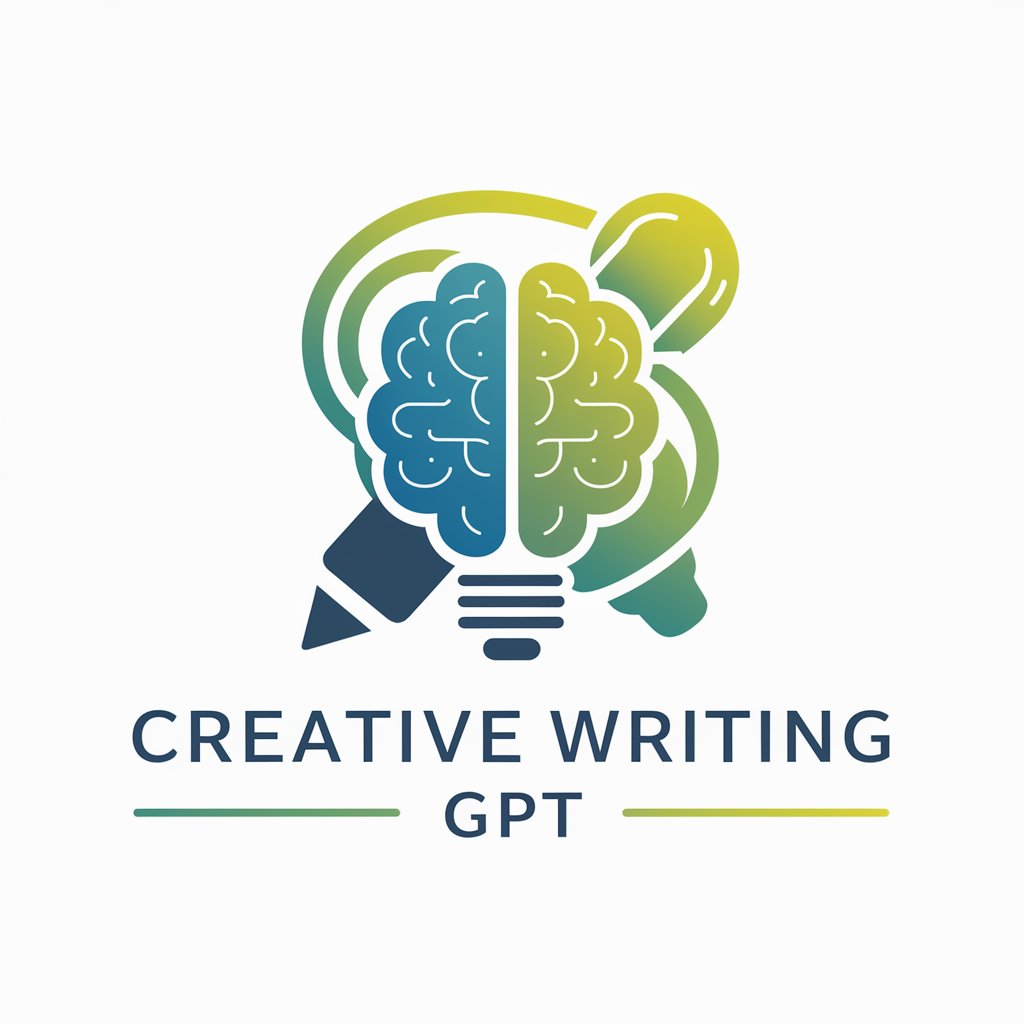
Complete PCL Coder
Empowering 3D data manipulation with AI
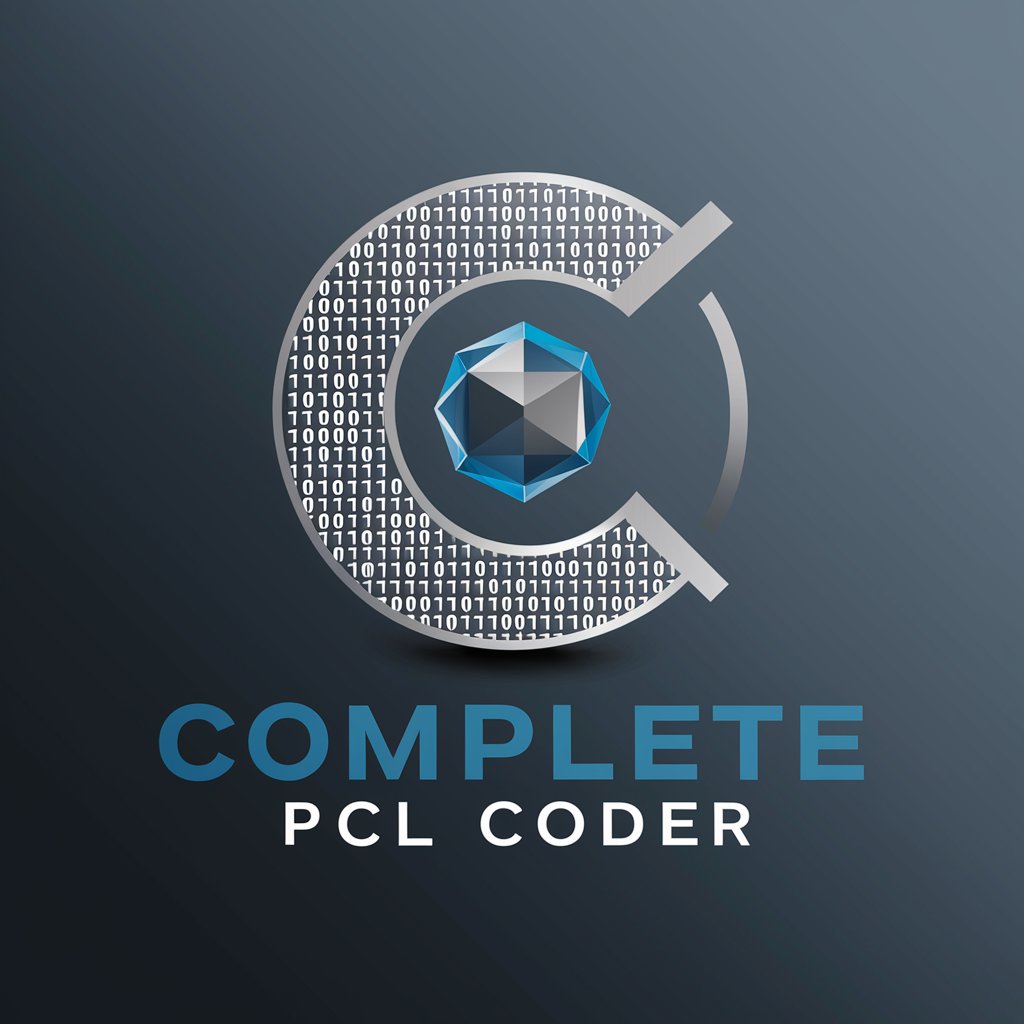
Kahve Falı Uzmanı / Coffee Reading Expert
Discover Stories in Your Coffee
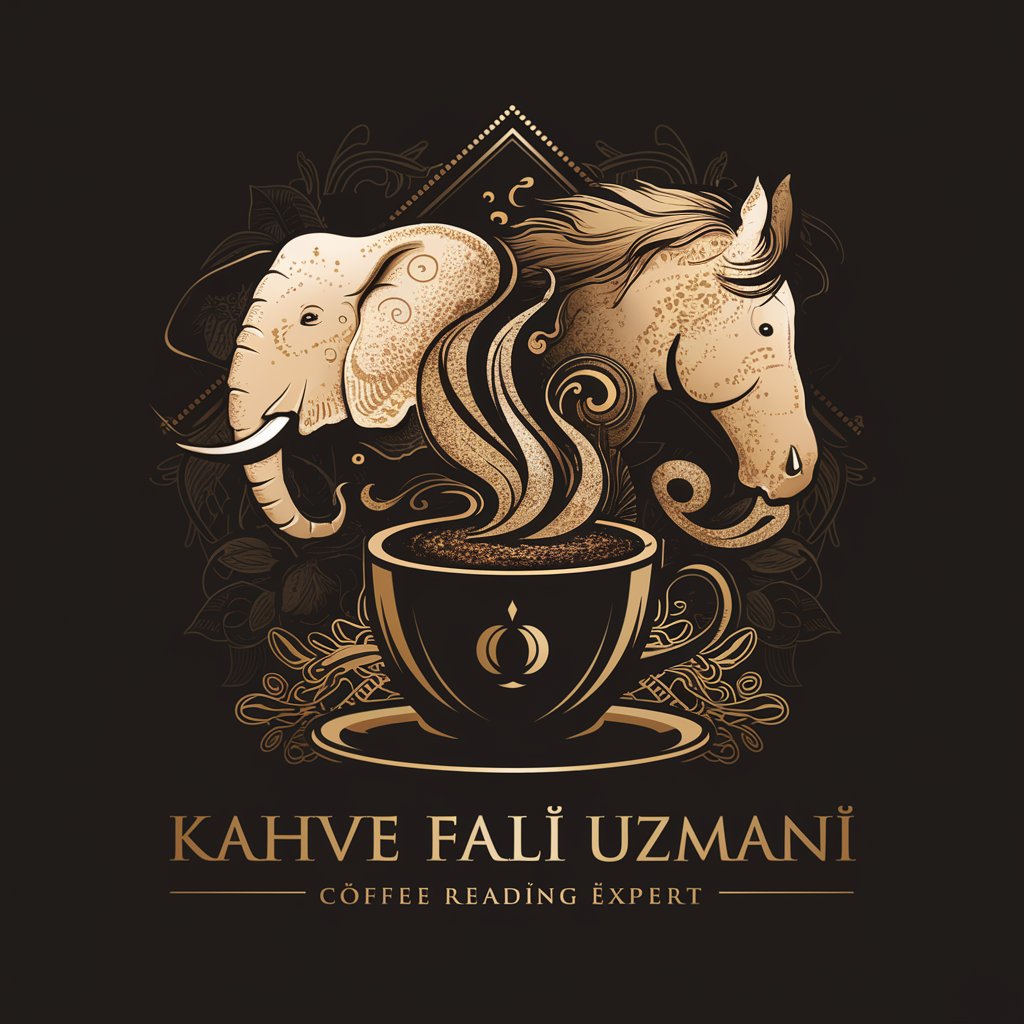
Real Photo Maker
Crafting Reality with AI

CAE Simulation Expert-Ansys|Fluent|LS-DYNA|Abaqus
Powering Engineering Insights with AI
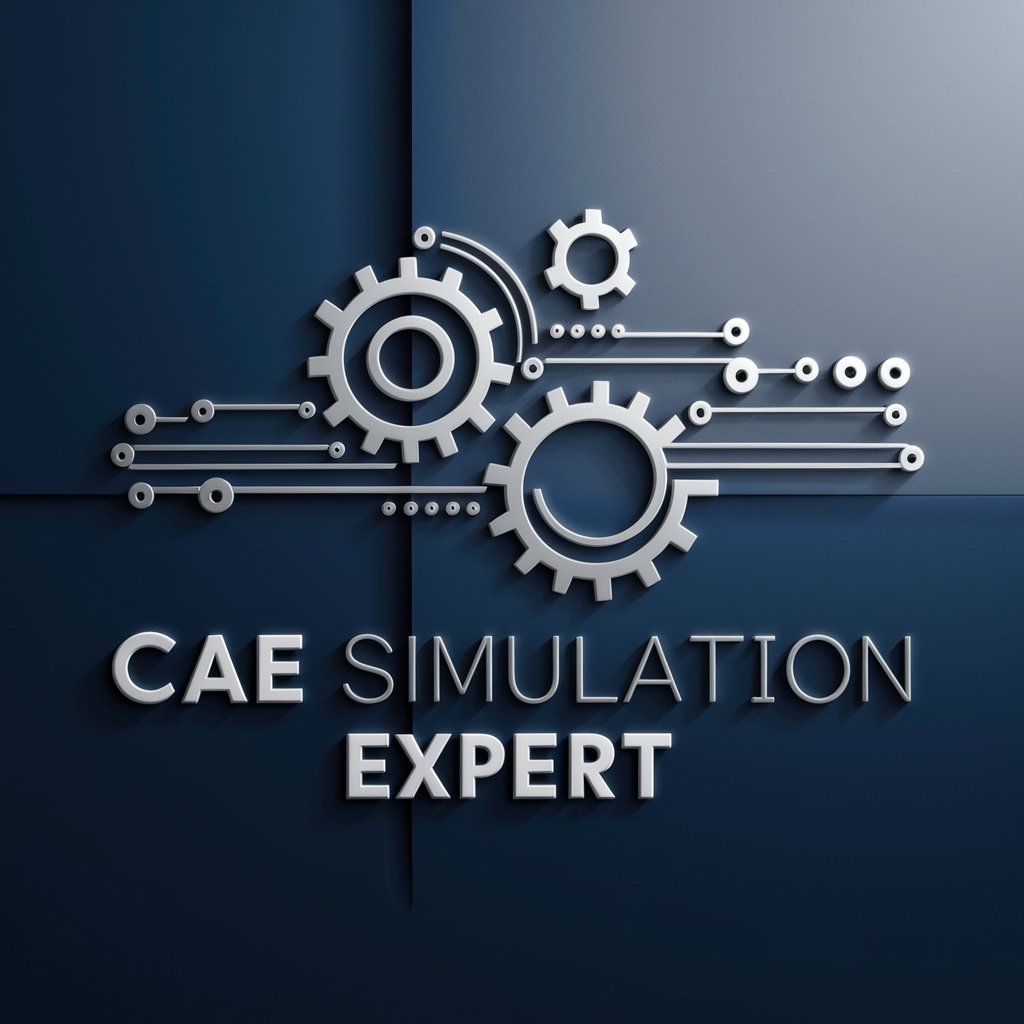
APG/Article 1.2 Beta
Power Your Content with AI

Performance Ads Writer
Supercharge Your Ads with AI
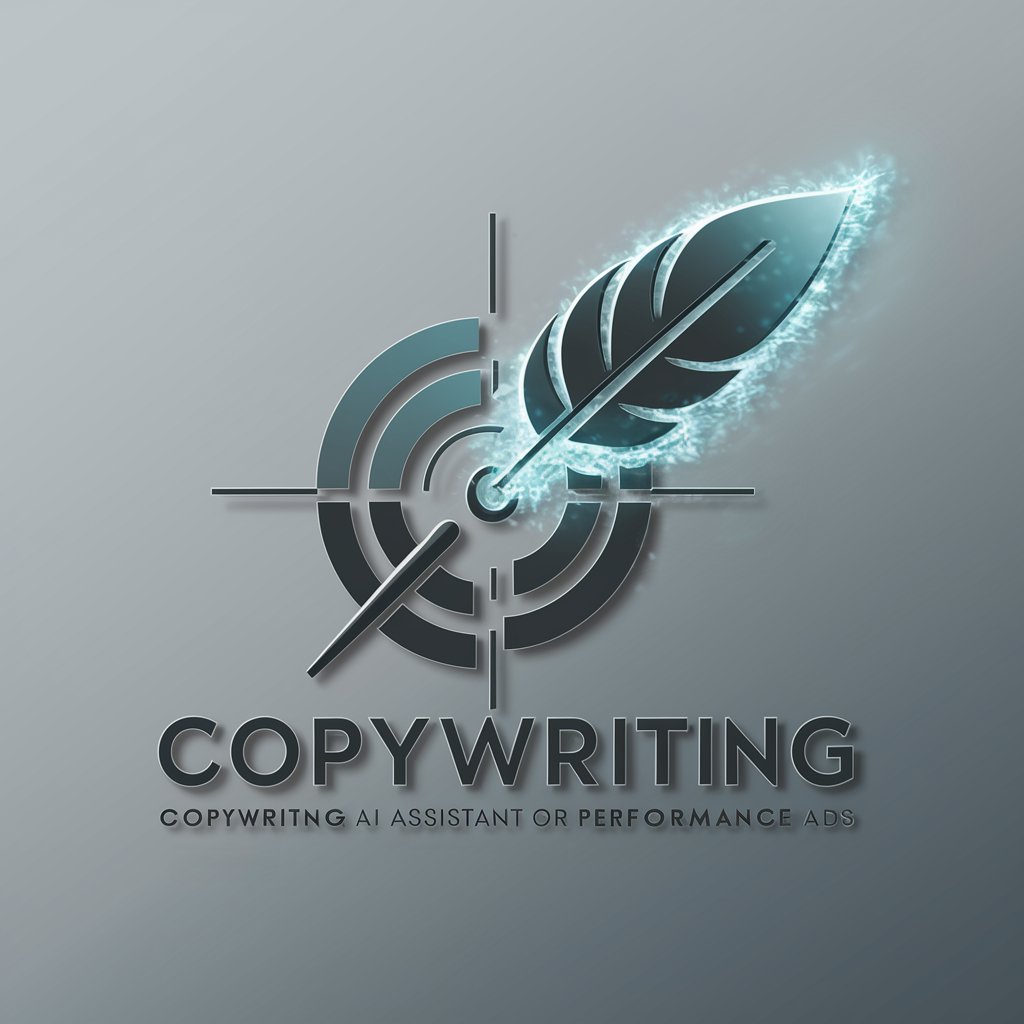
Cultural Translator Ads
Translate Ads, Bridge Cultures

Bash Script
Automate complex tasks with AI-powered Bash scripts

Bash
Automate Complex Systems Efficiently
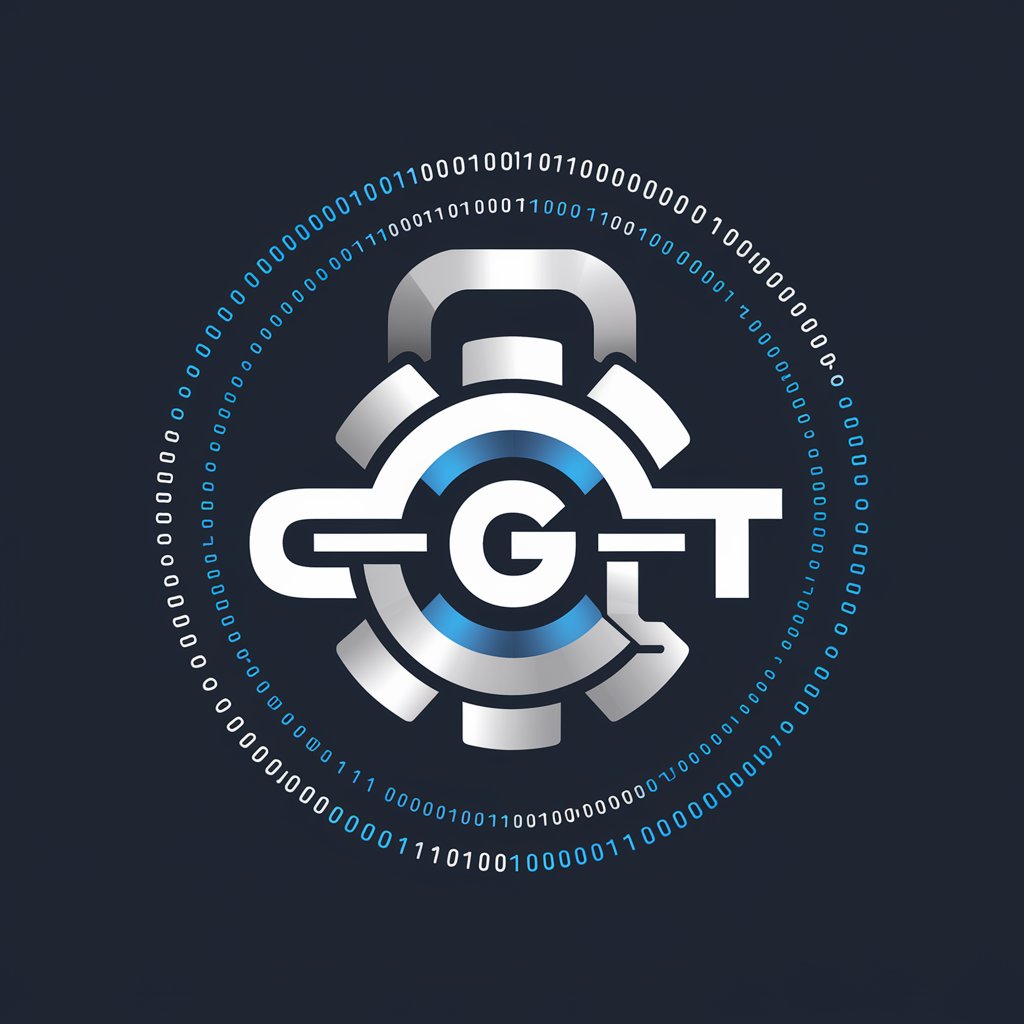
Web Researcher
Empower your queries with AI-driven insights.

CCXT Crypto Code Wizard
AI-Powered Cryptocurrency Trading Automation

Frequently Asked Questions About Engineering Vibrations Tutor
What topics can Engineering Vibrations Tutor cover?
I can assist with various topics including fundamentals of mechanical vibrations, types of oscillatory motions, damping, SDOF and MDOF systems, free and forced vibrations, vibration isolation, vibration measuring instruments, and introductions to Modal analysis and Finite Element Method.
How can Engineering Vibrations Tutor help with graduate-level studies?
I provide detailed explanations, problem-solving tips, and conceptual discussions tailored for graduate studies, helping students deepen their understanding of complex topics and prepare for advanced academic or professional applications.
Can this tool help with preparing for exams?
Yes, you can use Engineering Vibrations Tutor to review and understand key concepts, solve typical exam problems, and discuss detailed solutions to past exam questions to better prepare for your tests.
Is there any practical advice for vibration analysis in real-world engineering?
I offer guidance on applying theoretical concepts to real-world situations, including how to select appropriate vibration isolation techniques, use vibration measuring instruments effectively, and interpret results from modal testing in engineering applications.
How do I get the most out of using the Engineering Vibrations Tutor?
To optimize your experience, clearly define your learning objectives, ask specific technical questions, and frequently apply theoretical knowledge to practical problems to reinforce learning and ensure a comprehensive understanding of the subjects.
